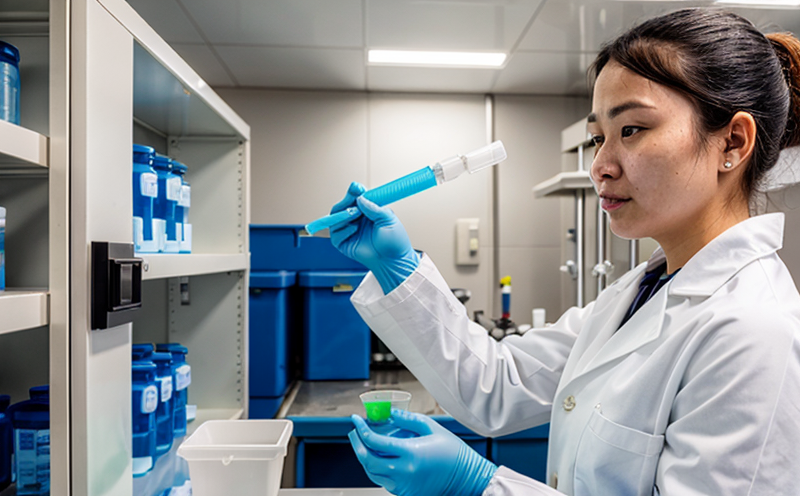Microbiological Testing
In the pharmaceutical industry, microbiological testing is a critical component of quality assurance and compliance. It ensures that drug products are free from harmful microorganisms such as bacteria, fungi, yeasts, and viruses, thereby protecting patient safety.
The process involves several stages: sampling, media preparation, incubation, identification, and reporting. Sample collection is crucial, ensuring it reflects the product's microbiological profile accurately. Common specimens include raw materials, in-process samples, final products, and packaging materials.
Microbiological testing methods vary based on the type of microorganism being tested for, including aerobic count, total plate count, yeast and mold count, and antifungal susceptibility testing. These tests are performed according to established standards like ISO 14644-1, which specifies the requirements for cleanrooms in pharmaceutical manufacture.
The use of validated media is essential; these include nutrient agar plates, thioglycollate medium, and Sabouraud dextrose agar. Once samples are plated or inoculated into appropriate media, they undergo incubation periods ranging from 24 to 72 hours at specific temperatures depending on the microorganism.
Identification of isolated colonies is critical; this may involve biochemical tests, molecular techniques like polymerase chain reaction (PCR), or mass spectrometry. Modern laboratories often employ automated systems for rapid identification and quantification.
| Standard | Description |
|---|---|
| ISO 14644-1 | Cleanroom requirements for pharmaceutical manufacturing. |
| AAMI TIR 35 | Tissue culture methods for biological indicators in sterilization validation. |
Once identified, results are compiled into detailed reports that meet regulatory requirements. Regulatory bodies such as the U.S. Food and Drug Administration (FDA) and European Medicines Agency (EMA) enforce strict guidelines regarding microbial limits for pharmaceutical products.
Why It Matters
Microbiological testing is not just a compliance exercise but a vital step in ensuring product safety and efficacy. Contamination can lead to adverse effects ranging from mild discomfort to severe illness or even death.
In the pharmaceutical sector, maintaining sterility during manufacturing processes is paramount. Even minimal contamination could compromise the integrity of sterile injectable products like antibiotics and vaccines. Additionally, antifungal susceptibility testing ensures that topical medications are effective against targeted pathogens without promoting resistance.
- Ensures patient safety by preventing infections from contaminated drugs.
- Facilitates compliance with stringent regulatory requirements set forth by international bodies like WHO, FDA, and EMA.
- Safeguards against recalls and product withdrawals due to microbial contamination issues.
The stakes are high in pharmaceuticals; any breach of sterility can result in significant reputational damage for manufacturers. Therefore, rigorous microbiological testing is an indispensable part of quality assurance programs.
Applied Standards
| Standard | Description |
|---|---|
| AAMI TIR 35 | Tissue culture methods for biological indicators in sterilization validation. |
| USP , USP , and USP | Microbiological examination of drug products, including sterility testing and antifungal susceptibility testing. |
The application of these standards ensures that laboratories adhere to the highest levels of accuracy and precision in microbiological testing. Compliance with these guidelines helps maintain trust between manufacturers, regulators, and consumers.
Customer Impact and Satisfaction
- Enhanced customer trust through compliance with stringent regulatory requirements.
- Increase in product acceptance rates among healthcare providers due to proven safety profiles.
- Reduced risk of litigation associated with contaminated products.
- Improved brand reputation and market competitiveness for adhering to best practices.
Customers, particularly healthcare professionals and patients, benefit directly from reliable microbiological testing. By ensuring that pharmaceuticals are safe and effective, these tests contribute significantly to public health outcomes.





